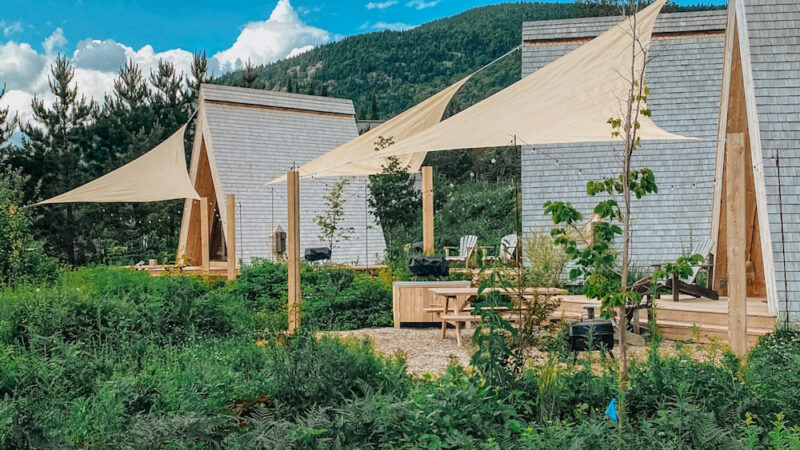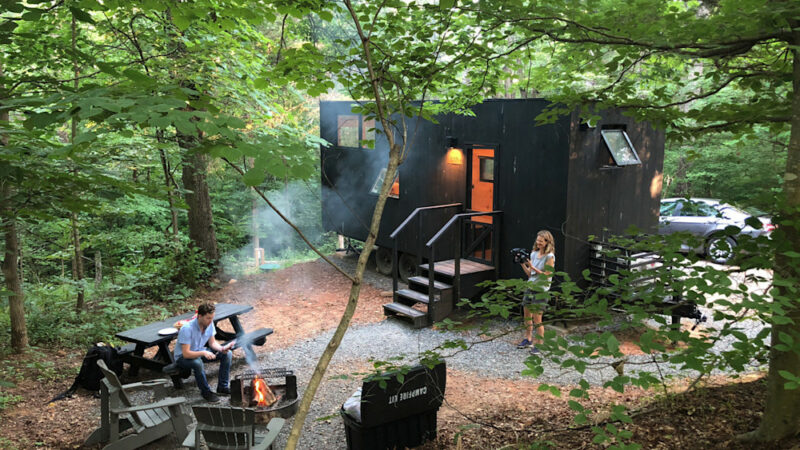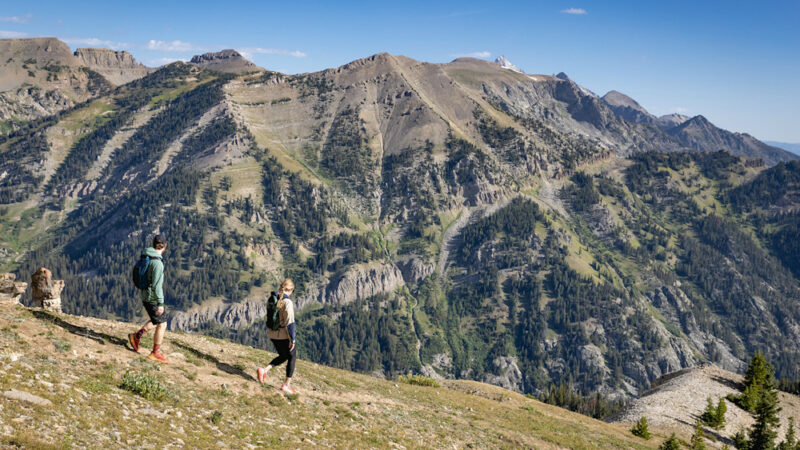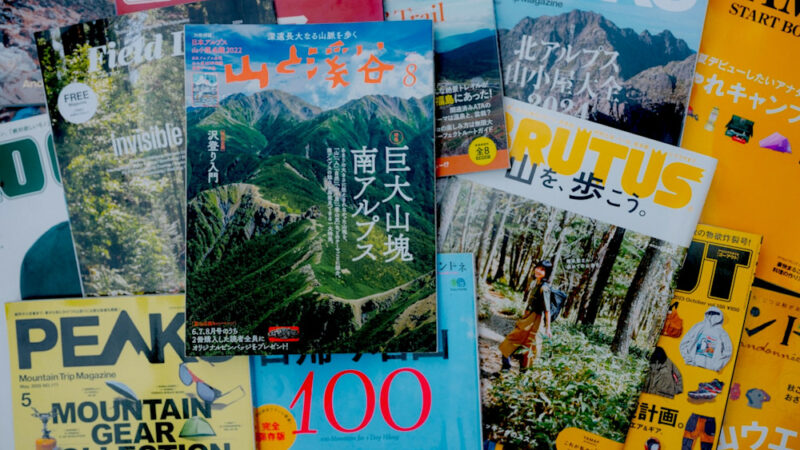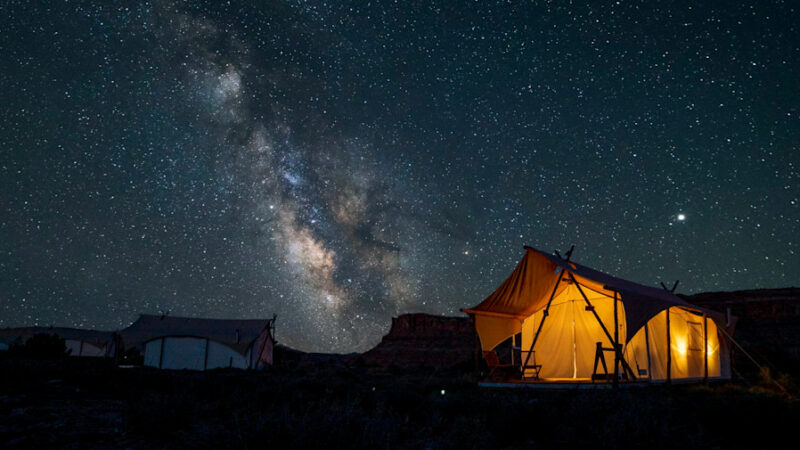Quilt vs Sleeping Bag: How to Pick for Your Next Backcountry Trip
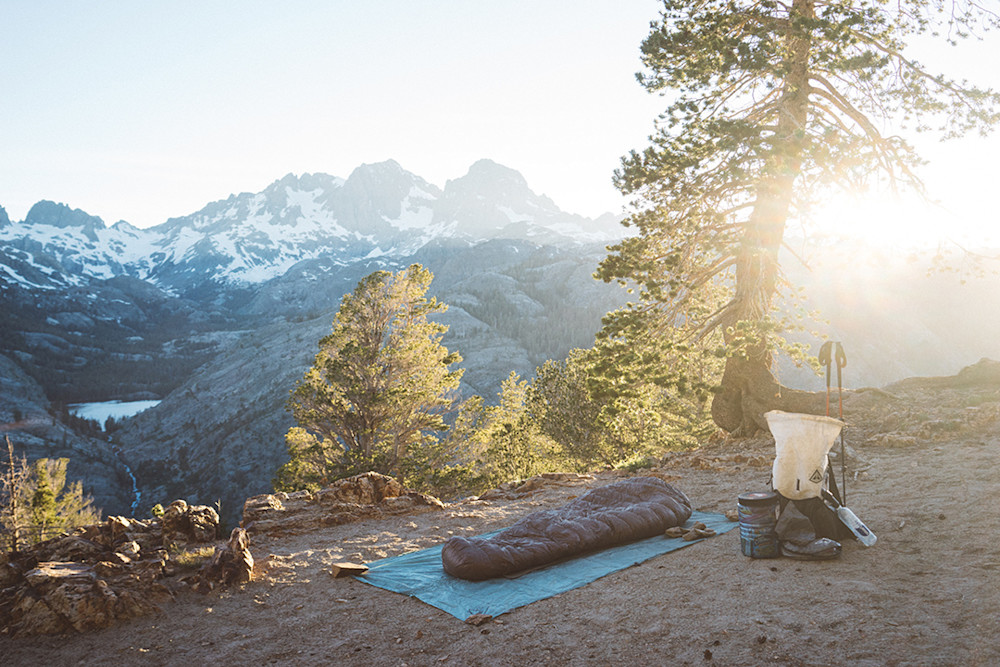
How Backpacking Quilts Became Popular
The introduction of the sleeping bag in the late 19th century made camping with a wool blanket, then common practice, nearly obsolete. A sleeping bag was lighter, less bulky, potentially even warmer.
The first backpacking quilts arrived with a similar upper hand, offering many advantages over sleeping bags with few drawbacks, at least according to ultralight backpacking pioneer Ray Jardine. In his book “Beyond Backpacking” (2000), Jardine talks about how sleeping with his conventional sleeping bag unzipped made him realize he might be just as comfortable sleeping with less fabric. He could save some weight by sleeping directly on the foam pad he was using to insulate him from the ground and use something more like a blanket to shelter him from above.
Starting in 1992, Ray and his partner Jenny spent several thru-hikes designing a quilt that included a pocket at the bottom that envelopes the feet, extra material around the perimeters to seal you off from wind, and an integrated top panel that contours around one’s neck and shoulders. These same clever design elements are key to the mainstream adoption of backpacking quilts today.
Soon after their book was published thru-hikers navigating the Appalachian Trail and Pacific Crest Trail took to the quilt in place of traditional sleeping bags. A cottage industry of manufacturers including Nunatak Gear and Jacks R Better unveiled some of the first commercially available quilts in the early 2000s, which included elements of Jardine’s designs including the enclosed foot pocket.
Today, most major outdoor brands sell both sleeping bags and quilts, often made from the same materials. But there are plenty of rising ultralight hiking brands that only concern themselves with quilts, such as Enlightened Equipment.
The basic design of these quilts hasn’t changed much from Jardine’s original blueprint, but some newer features do stand out. Quilts from Outdoor Vitals, for example, are built from a fabric containing gold nanoparticles that help prevent condensation from forming. They also have easy snap buckles along the side that let you close yourself inside them, like you would a sleeping bag.
Keep reading to dig into the pros and cons of quilts vs sleeping bags.
Source: https://www.fieldmag.com/articles/quilt-vs-sleeping-bag-guide



